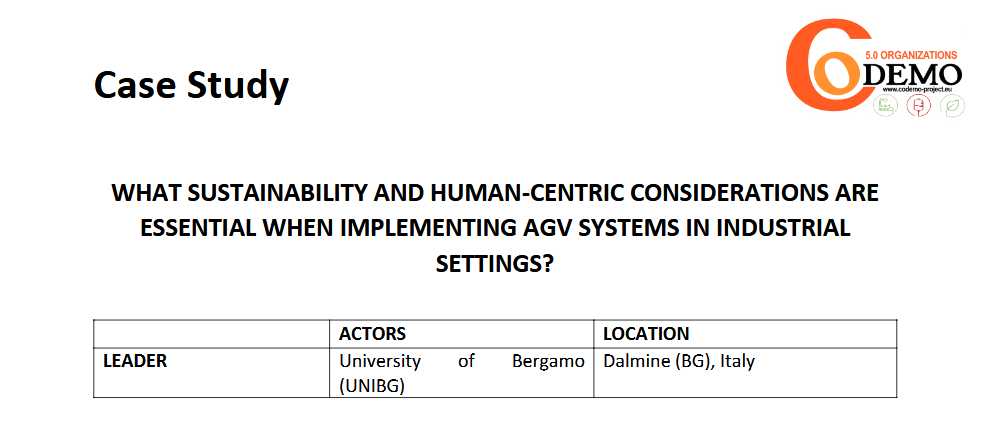This case study evaluates the layout and management paths of Automated Guided Vehicles (AGVs) implemented by a company specializing in electrical equipment, robotics, and automation. The primary objective is to support the design and optimization of an AGV system to serve a production line from the warehouse (and viceversa). An experimental approach using mBots was adopted to simulate internal logistics scenarios in a controlled environment. The analysis focuses on the efficiency, sustainability, and safety of AGV paths and layouts, providing valuable insights into their integration and performance in industrial settings. The study emphasizes the importance of a welldesigned layout and efficient path management for achieving operational excellence, sustainability, and safety. Finally, the case study highlighted the digital, green and resilience-oriented skills required, such as critical thinking, data management and the implementation of sustainable practices, for a successful human-centred and sustainable AGV deployment in the industrial system.

What sustainability and human-centric considerations are essential when implementing AGV systems in industrial settings?
Alexandra Lagorio; Chiara Cimini; Fabiana Pirola
https://doi.org/10.5281/zenodo.14887080

